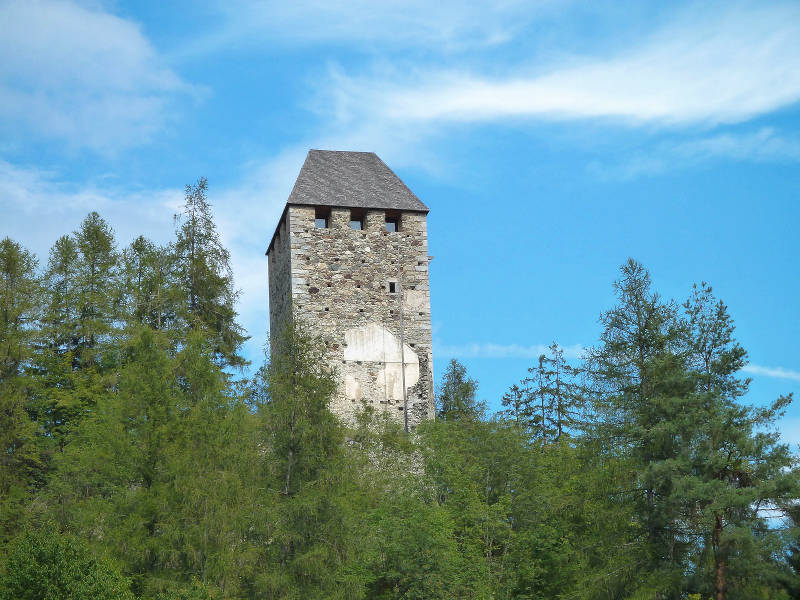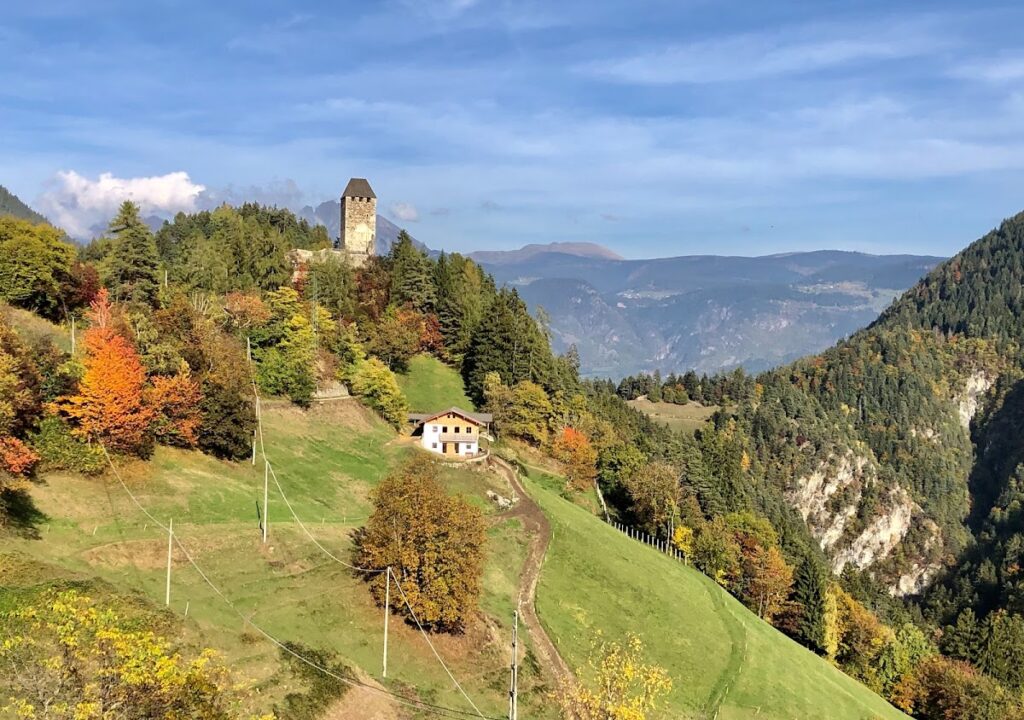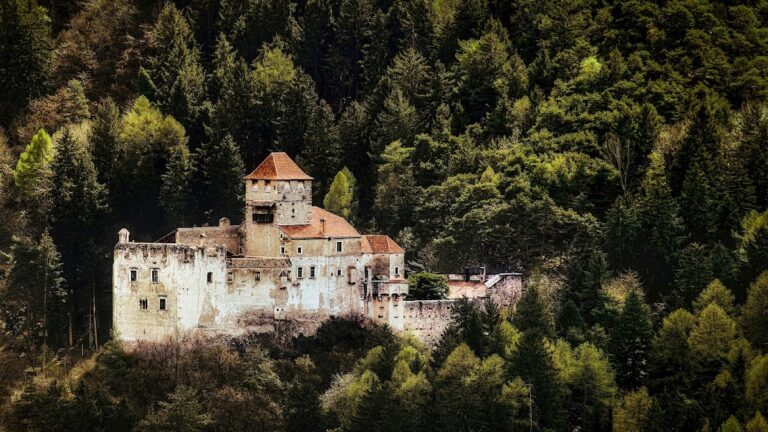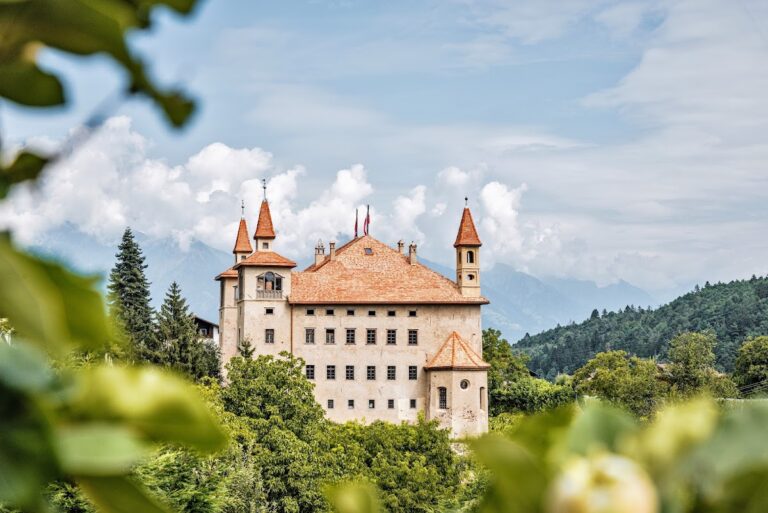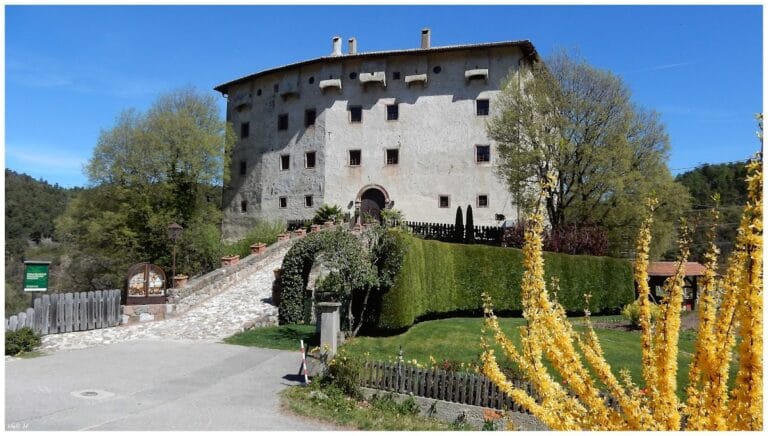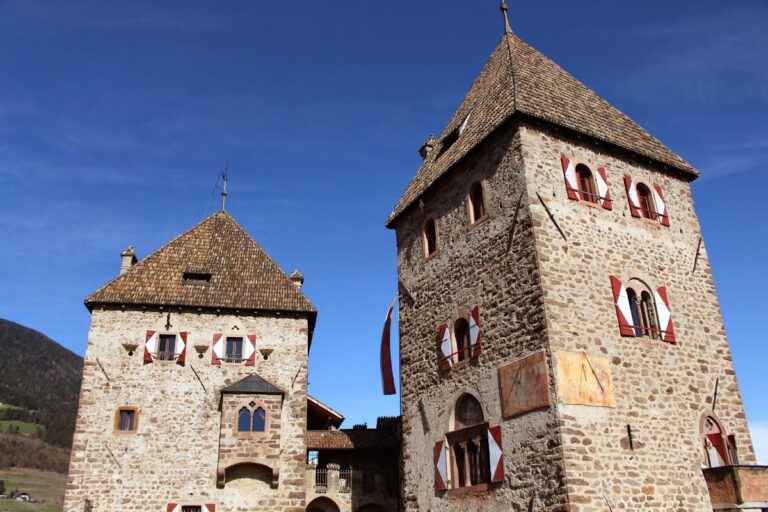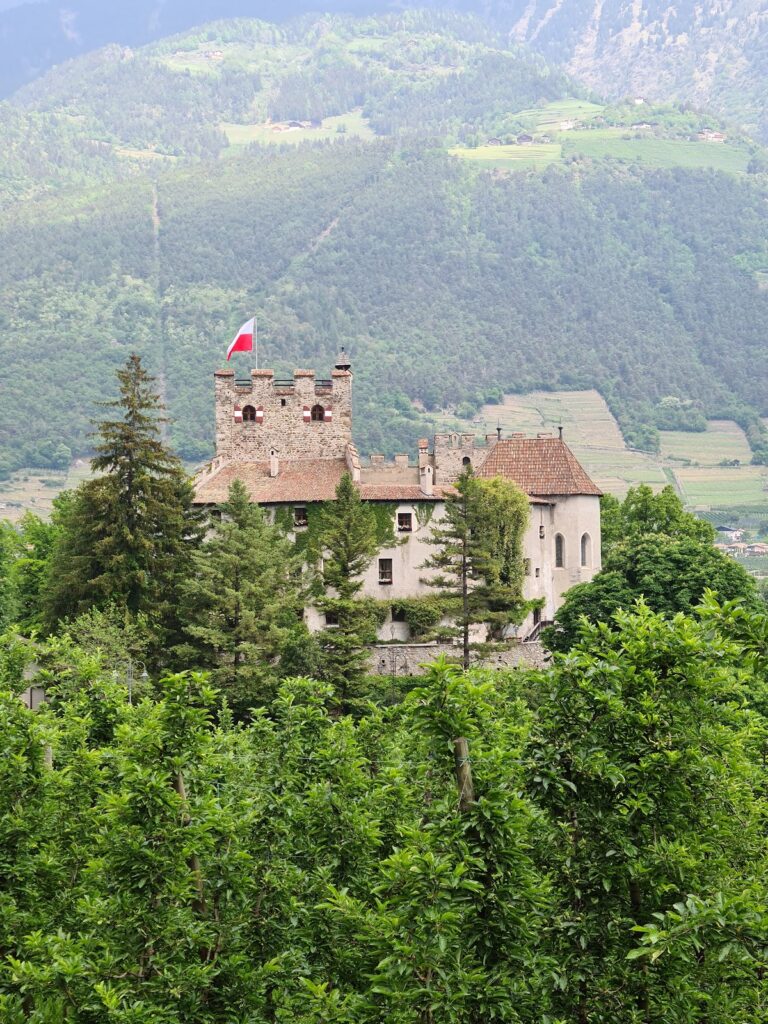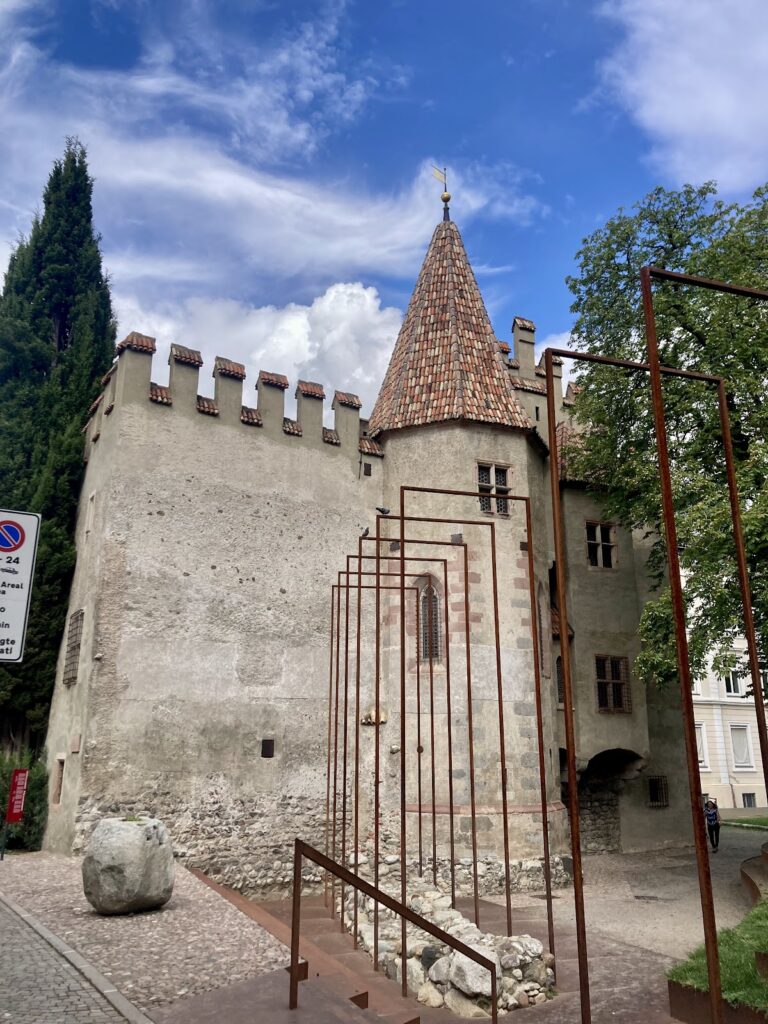Eschenlohe Castle: A Medieval Fortress in San Pancrazio, Italy
Visitor Information
Google Rating: 3.4
Popularity: Very Low
Google Maps: View on Google Maps
Country: Italy
Civilization: Unclassified
Remains: Military
History
Eschenlohe Castle is situated in the municipality of San Pancrazio, in present-day Italy. It was constructed during the medieval period by the local Counts of Ulten, a junior branch of the Counts of Appiano, who were prominent regional nobles. The fortress was established as a center for exercising judicial authority and regional governance.
The earliest written record of the castle dates back to 1164, with some sources suggesting 1175, where it was called “castrum Ultim” or “Schloss Ulten,” indicating its connection to the Ultental valley. Initially, the castle belonged to the bishops of Trento as a fief, highlighting the church’s influence over the territory. In the early 14th century, control passed to the Counts of Tyrol, who then granted the castle and its associated rights to the Counts of Eschenlohe. It was under this family’s stewardship, beginning with Count Heinrich von Eschenlohe in 1326, that the castle gained its modern name. Heinrich’s daughter Anna’s marriage to Konrad von Annenberg linked the castle to local religious developments, as the couple founded the parish church of St. Pankraz.
Throughout the 15th century and the centuries that followed, ownership transferred to the Counts von Trapp, who undertook maintenance and repairs, sustaining the castle’s function. Nevertheless, by the 16th century, the fortress started to deteriorate. The main tower received a renewed roof in 1913, indicating some level of preservation concern, and in 1988 the site was formally recognized and protected as a historic monument by South Tyrol’s heritage authorities. Today, the property remains privately held by descendants of the Trapp family or by the Schinzel family of Zurich, reflecting its continued link to established lineages.
Remains
Perched atop a wooded hill near where the Hagenbach and Valsura streams meet, Eschenlohe Castle occupies a strategic position that once commanded the surrounding landscape. The site follows a traditional hilltop fortress design common in medieval South Tyrol, using natural elevation for defense. The most notable surviving element is the large bergfried, or main tower, which was significantly restored with a new roof in the early 20th century. This tower remains comparatively intact and stands as a dominant feature of the ruin.
Surrounding the bergfried, sections of the defensive perimeter known as the ring wall or curtain wall can still be discerned. These walls formed an enclosure designed to repel attackers. Adjacent to these fortifications lies the zwinger, an outer courtyard or narrow defensive passage created to add another layer of protection against intruders. Besides these defensive components, parts of the palas—the residential building where the lord and his household lived—remain visible, offering insight into the castle’s domestic spaces.
Additional traces exist of a second fortified structure and the outer walls that enclosed the entire complex, revealing the castle’s multiple phases of construction and defense. Although the castle’s ruins are private and not accessible to visitors, its silhouette and remains carry historical significance, even appearing symbolically in the municipal coat of arms of San Pancrazio. The combination of these elements illustrates a fortified medieval lordly seat adapted over centuries, retaining key features that describe its function and prominence in the region.
